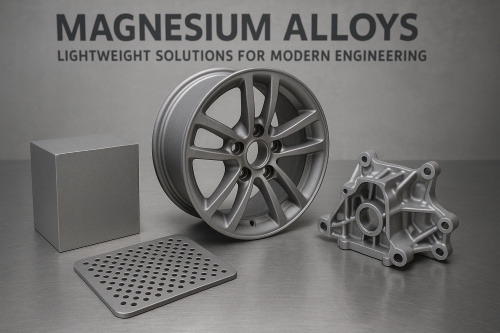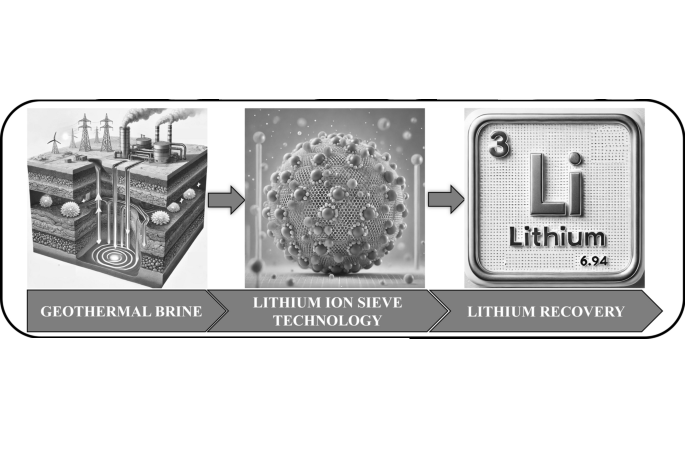تطبيقات أكسيد الجرافين وأكسيد الجرافين المختزل ومعالجته
Description
Graphene Oxide is an oxidized form of graphene with oxygen groups. Reduced Graphene Oxide is produced after a reduction process removes many oxygen groups. Both materials possess unique properties. They hold a layered structure with a high surface area. Graphene Oxide is easy to disperse in water. Reduced Graphene Oxide regains some of the electrical conductivity of pristine graphene. Both materials are useful in many sectors.
Synthesis and Reduction Methods
Graphene Oxide is usually prepared from graphite. A common method uses strong oxidants in an acid solution followed by exfoliation. A typical recipe starts with graphite powder and treats it with a mix of acids and oxidants. These chemicals insert oxygen groups between layers.
Once Graphene Oxide is made, it can be turned into Reduced Graphene Oxide. Reduction can occur by thermal treatment or by chemical reduction. Chemical agents like hydrazine or vitamin C remove some oxygen groups. Thermal treatment can be done by heating the material in an inert gas environment. The process is simple yet reliable. The result is a material with improved electrical conductivity.
Electronic Applications
Graphene Oxide and Reduced Graphene Oxide find great use in electronic devices. Reduced Graphene Oxide is used in printed electronics. It helps in making flexible and low-cost circuits. Many sensors use Reduced Graphene Oxide because it conducts electrons well. In some cases, the material is used as a transparent conductor. I recall instances where films made by Reduced Graphene Oxide replaced traditional materials in touch screens. Graphene Oxide, on the other hand, is useful for insulating layers due to its oxygen content. It is often applied in devices that require a balance between conductivity and insulation. Sound devices, displays, and various sensors benefit from these applications. The material is also tested in simple transistors and other semiconductor devices.
Energy Storage Applications
Energy storage is another field that benefits from these materials. Battery technology now uses layers of Reduced Graphene Oxide to set up conductive networks. These networks support high power and quick charging cycles. Supercapacitors have also been developed using Graphene Oxide-based materials. The high surface area improves the electric double-layer formation. Simple circuits in laboratories have tested electrodes made of Graphene Oxide composites. In one case, researchers increased energy density by mixing reduced layers with metal oxides. The results are promising for future devices. I have seen many prototypes that benefit from the cost effectiveness of these materials. They provide stability, high conductivity, and improved performance.
Biomedical Applications
Biomedical fields use Graphene Oxide and Reduced Graphene Oxide gently. The materials show promise in drug delivery systems, biosensors, and imaging agents. Graphene Oxide has excellent dispersibility in liquid media, which is useful in making uniform solutions for injection. Reduced Graphene Oxide has been processed into thin films that can interact with cells. Researchers have looked at its use in tissue engineering. Its strong surface area helps in hosting biological molecules. Some labs have tested its compatibility with various cell types. I have often mentioned the importance of careful purification to reduce toxicity. The simplicity of processing and the large surface area make these materials attractive for diagnostic tests and some cancer treatments. Their biocompatibility is steadily being improved with further processing and chemical treatments.
Summary Table: GO and rGO Application Cases
|
Material Used |
Function / System |
Key Outcomes / Examples |
|
Electronics |
||
|
GO, rGO |
GFET (Graphene Field Effect Transistor) for chemical and biosensing |
Detection of catecholamines, avidin, DNA; GFET on flexible PET substrates¹ |
|
Functionalized GO |
Electrochemical glucose sensor |
GO with glucose oxidase on electrode for glucose detection³⁵ |
|
rGO |
Transparent electrode for LEDs and solar cells |
Alternative to ITO; rGO also used as hole transport layer³⁶⁻³⁹ |
|
Energy Storage |
||
|
rGO + metal oxides |
Lithium-ion battery anode materials |
Fe₃O₄/rGO nanocomposites showed improved capacity and cycle stability⁴³ |
|
Microwave-exfoliated rGO |
Supercapacitors |
High surface area enhances charge storage⁴⁵⁻⁴⁶ |
|
Biomedical Applications |
||
|
nGO-PEG-SN38 |
Drug delivery for colon cancer |
1000× more effective than CPT-11; high water/serum solubility⁴⁷ |
|
nGO-PEG-HA |
Photothermal therapy for melanoma |
NIR laser + topical application achieved tumor ablation⁴⁸ |
|
GO + Fe₃O₄ + DXR |
Magnetic-targeted drug delivery |
Directed delivery of doxorubicin via magnetic control⁴⁹ |
|
Biosensors |
||
|
GO |
FRET-based fluorescence biosensor |
ssDNA fluorescence quenching and recovery to detect DNA and ATP⁵⁰⁻⁵¹ |
|
Folic acid-functionalized GO |
Cancer cell detection |
Specific binding to cervical and breast cancer cells⁵² |
For more industrial applications, please check Stanford Advanced Materials (SAM).
Conclusion
Graphene Oxide and Reduced Graphene Oxide are leading materials in many modern applications. Their unique structure provides benefits that simple materials cannot match. Strong oxidative processes yield Graphene Oxide, while reduction restores many properties of pure graphene. Electronics, energy storage, and biomedical fields all gain from these materials.
Frequently Asked Questions
F: How is Graphene Oxide made?
Q: Graphene Oxide is made by oxidizing graphite using acids and oxidants, then
exfoliating it into layers.
F: What enhances Reduced Graphene Oxide in electronics?
Q: Reduction improves electrical conductivity, making it suitable for printed
electronics and sensors.
F: Is Graphene Oxide safe for biomedical use?
Q: Purified Graphene Oxide shows promising biocompatibility after careful
processing and treatment.

 القضبان
القضبان
 الخرز والكرات
الخرز والكرات
 البراغي والصواميل
البراغي والصواميل
 البوتقات
البوتقات
 الأقراص
الأقراص
 الألياف والأقمشة
الألياف والأقمشة
 الأفلام
الأفلام
 فليك
فليك
 الرغاوي
الرغاوي
 رقائق معدنية
رقائق معدنية
 الحبيبات
الحبيبات
 أقراص العسل
أقراص العسل
 الحبر
الحبر
 صفائح
صفائح
 الكتل
الكتل
 التشابك
التشابك
 غشاء معدني
غشاء معدني
 اللوحة
اللوحة
 المساحيق
المساحيق
 قضيب
قضيب
 الصفائح
الصفائح
 البلورات المفردة
البلورات المفردة
 هدف الاخرق
هدف الاخرق
 الأنابيب
الأنابيب
 الغسالة
الغسالة
 الأسلاك
الأسلاك
 المحولات والآلات الحاسبة
المحولات والآلات الحاسبة
 اكتب لنا
اكتب لنا
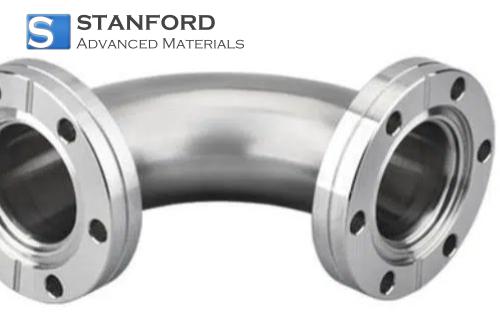
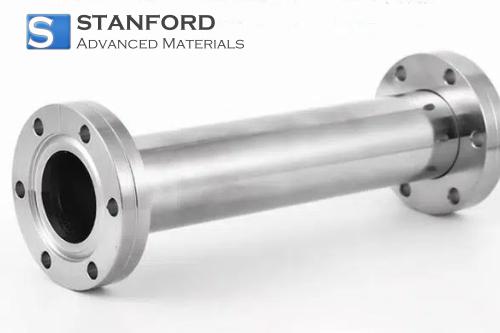
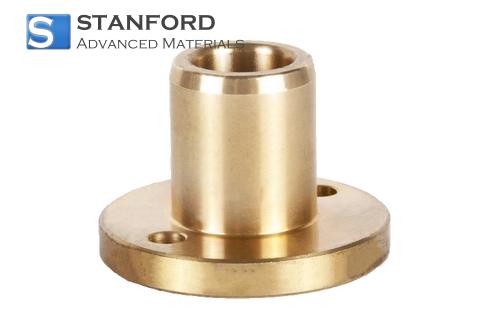
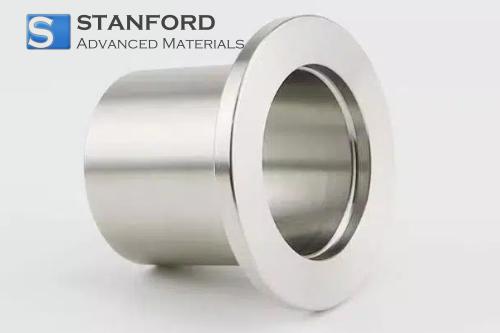
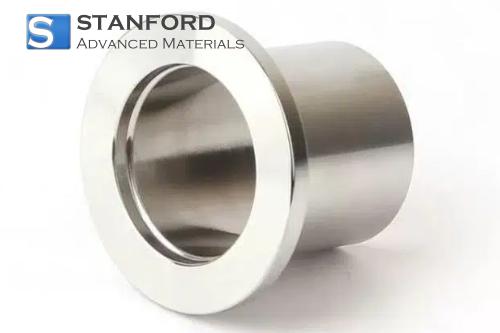
 Chin Trento
Chin Trento

